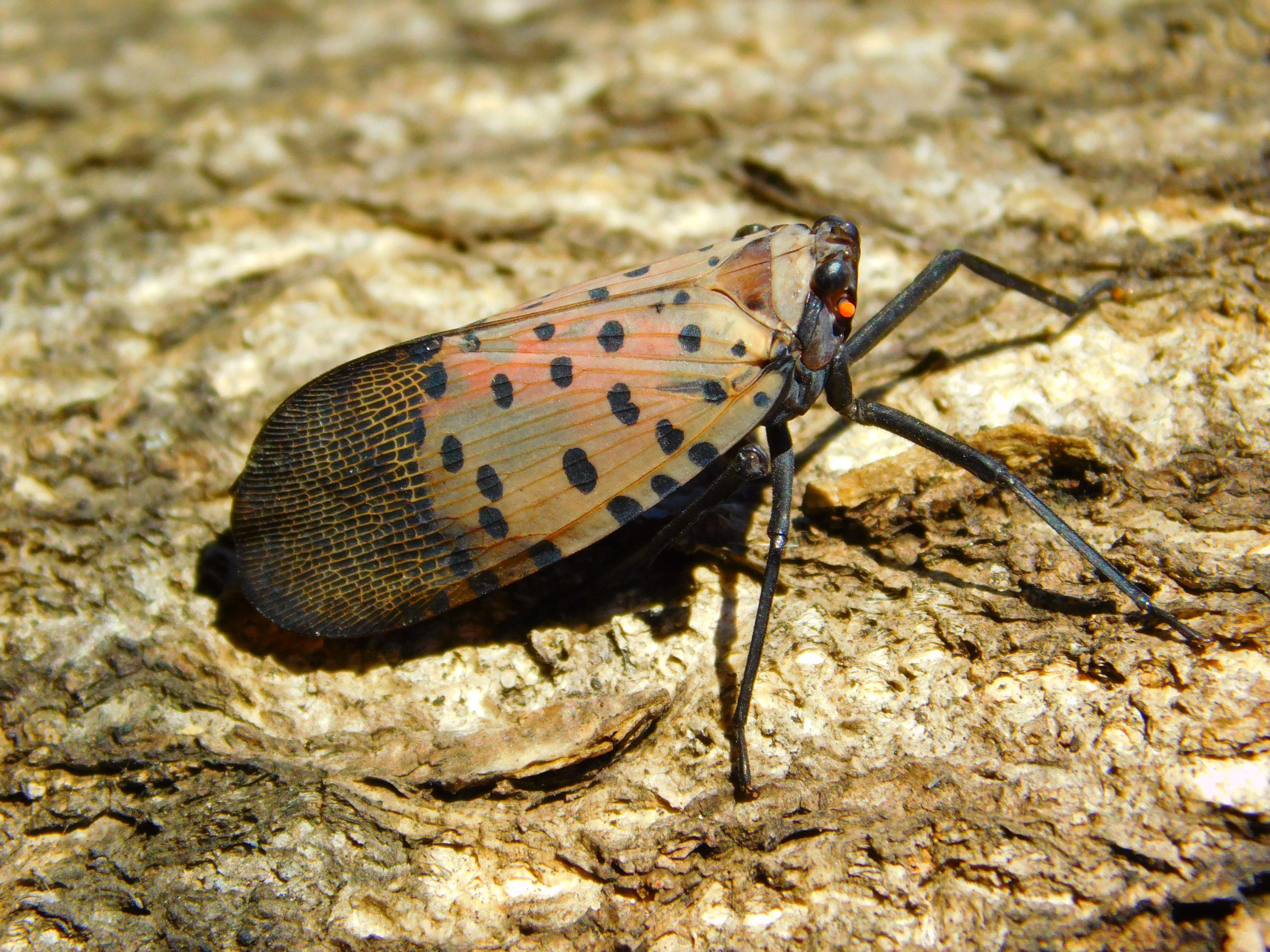Invasive insects are a constant threat to native tree species in forests and urban landscapes. The best way to combat their spread is to stay up to date on their movement and on which areas of the country remain most vulnerable. Proper integrated pest management begins with prevention and awareness, so we have gathered together updates on the invasive insects of greatest interest from 2024.
Emerald Ash Borer
Since its discovery in Michigan in 2002, Emerald Ash Borer (EAB) has led to the death of hundreds of millions of ash trees in the US. It continues its steady spread across the country, mostly to counties adjacent to previous infestations. In 2024, its range extended into new counties in Iowa, Kansas, Minnesota, Missouri, North Dakota, Oklahoma, Oregon, Texas, and Wisconsin. The Oregon find marks EAB’s first infestation on the west coast. It is currently found in 36 states.
Consult your local arborists or regional technical managers for advice on whether ash trees in your area are at risk of infestation, and about preventative treatments.
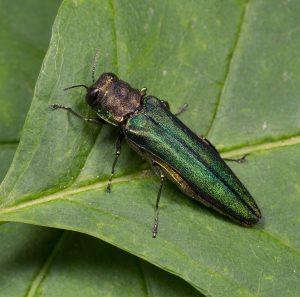
Spotted Lanternfly
Spotted Lanternfly (SLF) remains one of the easily identifiable invasive insects in the country. In 2024 it did not spread to new states, but established populations were found in new counties in New York, Maryland, and Washington, D.C. It is currently located in 18 states and has been found as far south as North Carolina and Tennessee and as far north as Vermont. There is some concern about what SLF’s life cycle will look like as it potentially moves further south, where its growth will not be interrupted by freezing temperatures.
Though recent research shows that trees infested by SLF are far less likely to die than originally thought, they can still cause significant damage and leave behind honeydew and sooty mold.
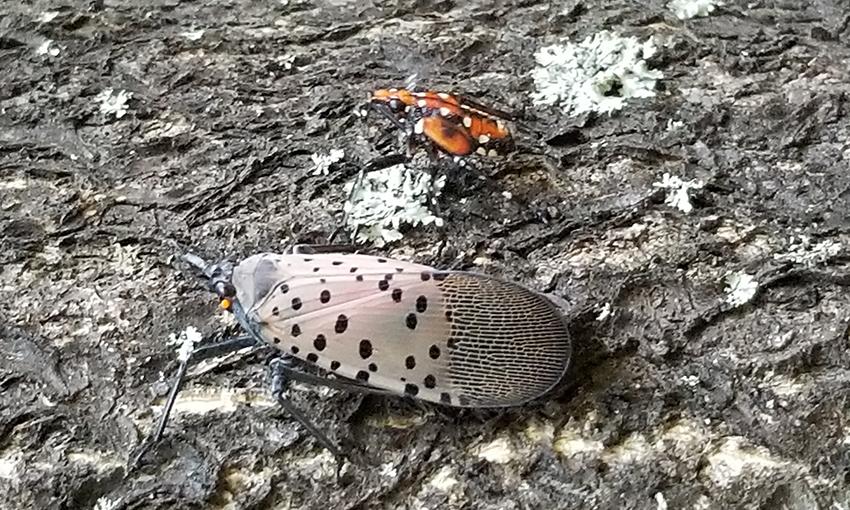
Spongy Moth
Spongy Moth larvae target a large variety of trees, making them a constant species of great concern. Their range did not expand in 2024, though they are still found in 21 states through the Northeast and Midwest.
Oaks, aspens, and birch are their preferred host trees, but they will target almost anything if there are large numbers of larvae. They can completely defoliate a tree, and a few rounds of defoliation is enough to kill a host tree.
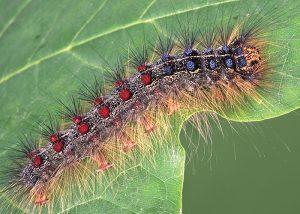
Coconut Rhinoceros Beetle
As its name suggests, the Coconut Rhinoceros Beetle (CRB) primarily targets palm trees, especially coconut palms. This naturally limits its spread to warmer areas where palms grow, but it has spread to new regions in Hawaii in 2024. Hawaii has been cutting down infested trees and set new rules in place to help limit the spread of the insect between islands.
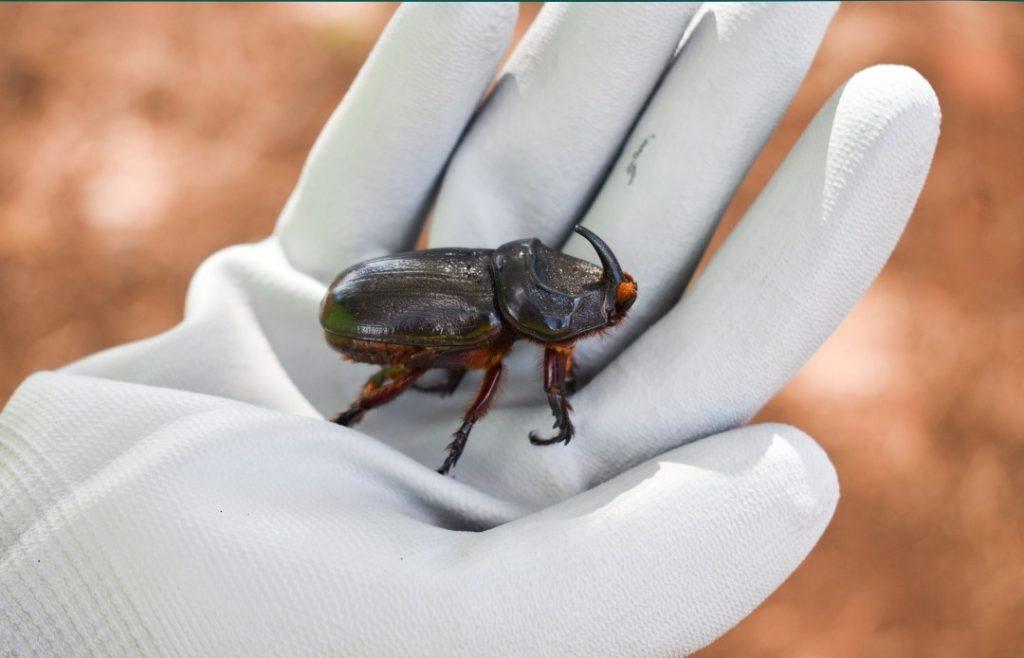
Other Insects Of Note
Southern Pine Beetle, Hemlock Woolly Adelgid, Box Tree Moth, and Browntail Moth are all insect species who spread into new regions this year. Many invasive insects we struggle with in the US owe their expanding range to the warming climate. As overall temperatures rise and growing seasons become longer, insects that are limited by cold or freezing temperatures can push further north and into higher elevations.
We expect all of the invasive insects mentioned in this blog to continue being species of concern in 2025. Even with monitoring and regulations in place to slow their spread, control and complete eradication can take many years. Monitoring the spread of invasive insects and staying aware of which ones threaten your local ecosystem is an important task. State departments of forestry and state university extensions are very good resources to help stay on top of these issues.
In many cases, preventative treatment can help protect valuable trees before they are infested. We offer injections of insecticides which can last for years to kill woodboring insects and other problem species.

